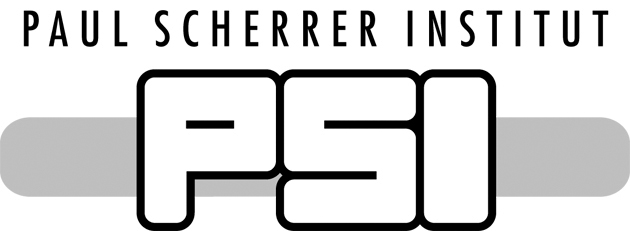
Thursday, April 25, 2024, 16:00
WHGA Auditorium
Piet O. Schmidt, Physikalisch-Technische Bundesanstalt,
Braunschweig &
Institut für Quantenoptik, Leibniz Universität Hannover, Germany
Abstract:
The extreme electronic properties of highly charged ions (HCI) make them
highly sensitive probes for testing fundamental physical theories while
reducing systematic frequency shifts, making HCI excellent optical clock
candidates [1, 2, 3]. The technical challenges that hindered the
development of such clocks have now all been overcome, starting with
their extraction from a hot plasma and sympathetic cooling in a linear
Paul trap [4], readout of their internal state via quantum logic
spectroscopy [5], and finally the preparation of the HCI in the ground
state of motion of the trap [6]. Here, we present the first operation of
an atomic clock based on an HCI (Ar13+ in our case) and a
full evaluation of systematic frequency shifts [7]. The achieved
uncertainty is almost eight orders of magnitude lower than any previous
frequency measurements using HCI and comparable to other optical clocks.
By comparing the isotope shift between 36Ar13+ and
40Ar13+ the theoretically predicted QED nuclear
recoil effect could be confirmed. Finally, first results on the search
for a 5th force based on isotope shift spectroscopy of
Ca+/Ca14+ isotopes will be presented. This
demonstrates the suitability of HCI as references for high-accuracy
optical clocks and to probe for physics beyond the standard model.
References
[1] Kozlov, M. G. et al., Rev. Mod. Phys. 90, 045005 (2018).
[2] Safronova, M. S. et al., Rev. Mod. Phys. 90, 025008 (2018).
[3] Schiller, S., Phys. Rev. Lett. 98, 180801 (2007).
[4] Schmöger, L. et al., Science 347, 1233-1236 (2015).
[5] Micke, P. et al., Nature 578, 60-65 (2020).
[6] King, S. A. et al., Phys. Rev. X 11, 041049 (2021).
[7] King, S. A. et al., Nature 611, 43-47 (2022).